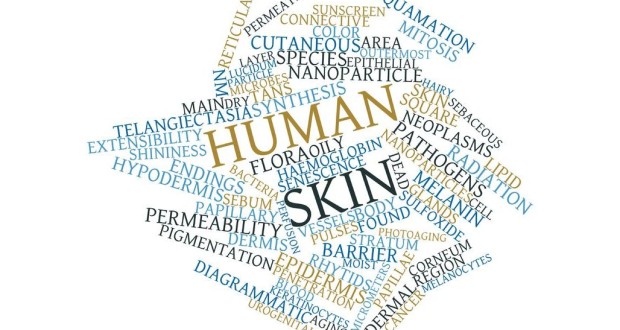If you have stretch marks anywhere on your body, then you know how much of an eyesore they can be. All body types can experience stretch marks, whether you’re short, tall, skinny, overweight, pear-shaped or top-heavy. Making matters worse is that once stretch marks appear, they are in no hurry to leave. In fact, while stretch marks can fade over time, they never fully disappear from the skin. On the positive side, certain treatments can help make these blemishes much less noticeable.
Why Stretch Marks Appear
True to their name, stretch marks occur when the body’s skin is significantly stretched over a relatively short amount of time. An increase in cortisol, a hormone secreted by the adrenal glands, can exacerbate the effects of stretch marks. This is because cortisol has the effect of weakening skin’s elastic fibers, which allow skin tissues to stretch without damage. While stretch marks can develop on both men and women alike, they are particularly common among pregnant women.
Stretch marks aren’t found in just one particular part of the body; they can afflict the stomach, buttocks, abdomen, thighs, chest, lower back and upper arms. Additionally, stretch marks can vary noticeably in appearance. Some look like indented lines, whereas others appear as clusters of pink, red or purple streaks. Stretch marks can also resemble bight streaks, which are brighter at one end and lighter on the other. The colors of lighter end may be white, light pink or grey.
Aside from pregnancy, here are some other possible culprits for stretch marks:
- An abnormally fast increase or reduction in bodyweight
- Regular use of corticosteroids over a prolonged period of time. Corticosteroids can quickly add a great deal of bulk to the body, in turn causing stretch marks. They can also cause this side effect by thinning the tissues of the skin.
- Adolescent growth spurts
- Certain genetic disorders, including Ehlers-Danlos and Marfan syndrome
- Long-term use of steroids
Fixing the Skin
The most unfortunate fact about stretch marks is that they will never really disappear; once they show up on the skin, they are there to stay. However, there are a number of methods that can help repair and restore overstretched skin tissue, thereby dulling the appearance of stretch marks.
Tretinoin cream –. This medication works by rebuilding damaged collagen in the area affected by the stretch mark (collagen is a protein that gives skin its youthful glow and texture). Tretinoin cream is available only with a doctor’s prescription, and is best used during the initial six weeks after the mark develops. Another major drawback is that this cream is generally not considered to be safe for pregnant women, who are cautioned against taking it.
Pulsed laser therapy – Pulsed laser therapy works by transmitting energy to the blood vessels beneath the mark. If the procedure is successful, it will impact certain chemical compounds within the skin called chromophores, making the targeted stretch mark much less visible. As with tretinon cream, one major drawback of this approach is its window of effectiveness; pulsed laser therapy is only really useful for relatively new stretch marks.
Microdermabrasion – Microdermabrasion is somewhat strange technique that involves blowing small crystals onto the skin. These crystals are subsequently vacuumed off the skin’s surface. The purpose of microdermabrasion is to stimulate the growth of new skin cells.
Excimer lasers – Excimer lasers utilize ultraviolet light in order to create new melanin, a substance responsible for giving skin its color.
Vitamin E – A Secret Weapon?
Foods and drinks with vitamin E certainly deserve a place in your diet, as this nutrient helps to reinforce and support the immune system. But believe it or not, there is some evidence that suggests that vitamin E oil could be useful for treating stretch marks. An American study, published in 2000 in The Cochrane Database of Systematic Review, recorded the impact of a cream with vitamin E on a group of pregnant volunteers. The participants who used the vitamin E cream had a smaller risk of stretch marks compared with those that didn’t.
 Natural Knowledge 24/7 Educate yourself with nutrition, health and fitness knowledge.
Natural Knowledge 24/7 Educate yourself with nutrition, health and fitness knowledge.






